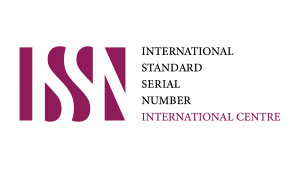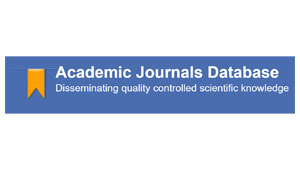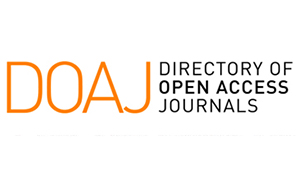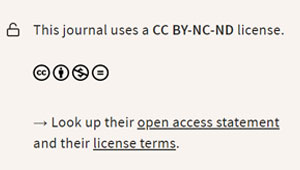Arturo Sousa, Leoncio García Barrón
DOI: 10.59427/rcli/2023/v23.71-82
Until the beginning of the 19th century, there were no continuous and precise instrumental records of meteorological variables in the Iberian Peninsula. In advance, the reconstruction of historical climatology is generally based on sources referring to the impact caused by extreme events. However, from 1778, associated with the health status of the population, documentation is kept in Seville with the number of rainy days and even the intensity of daily rain perceived by the observer, as well as others on temperature and regime measurements. of winds. The interest of this documentation is that it represents the transition from historical to contemporary instrumental climatology and expands previous information. For the historical reconstruction, the appreciation of the pluviometric intensity has been methodologically submitted to criteria of classification and ordinal assignment. The analysis of the information complemented, in turn, with indications of river overflow, has allowed us to estimate the meteorological conditions in Seville during the late eighteenth century, as well as to compare the results with other geographical areas. From the results obtained, we highlight the interannual rainfall irregularity (with an initial dry period -1778 to 1782- followed by a progressively wetter one, 1783-1786) and the intra-annual irregularity, independently corroborated by the chronicles on the flooding of the Guadalquivir river.
Pág. 71-82, 29-Jul,








